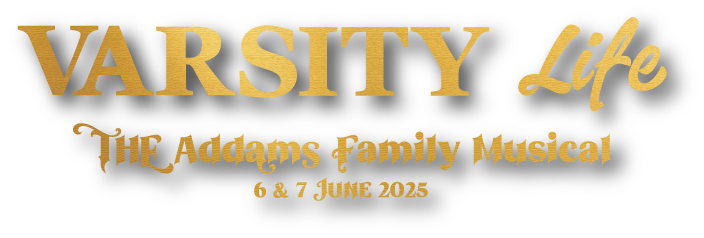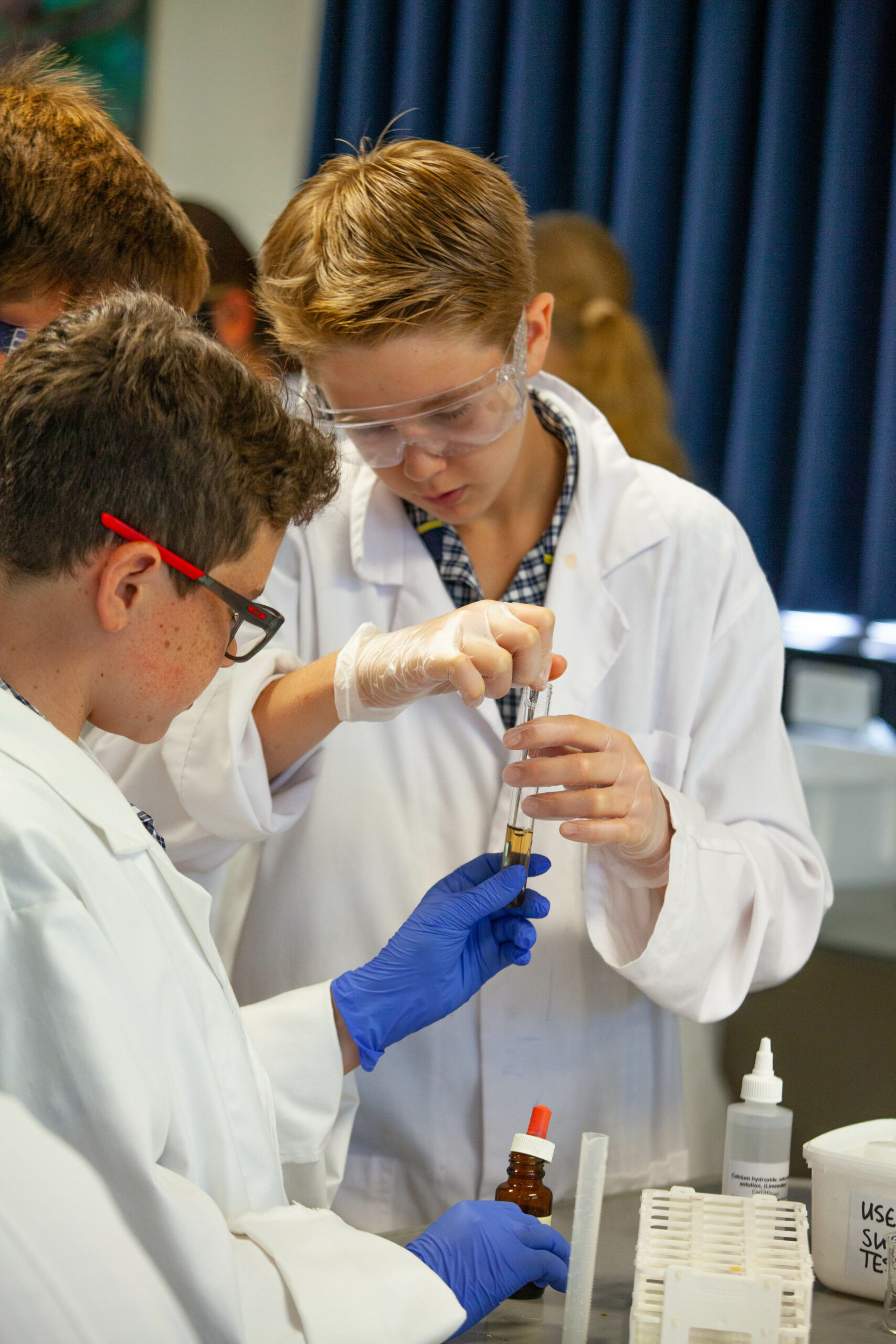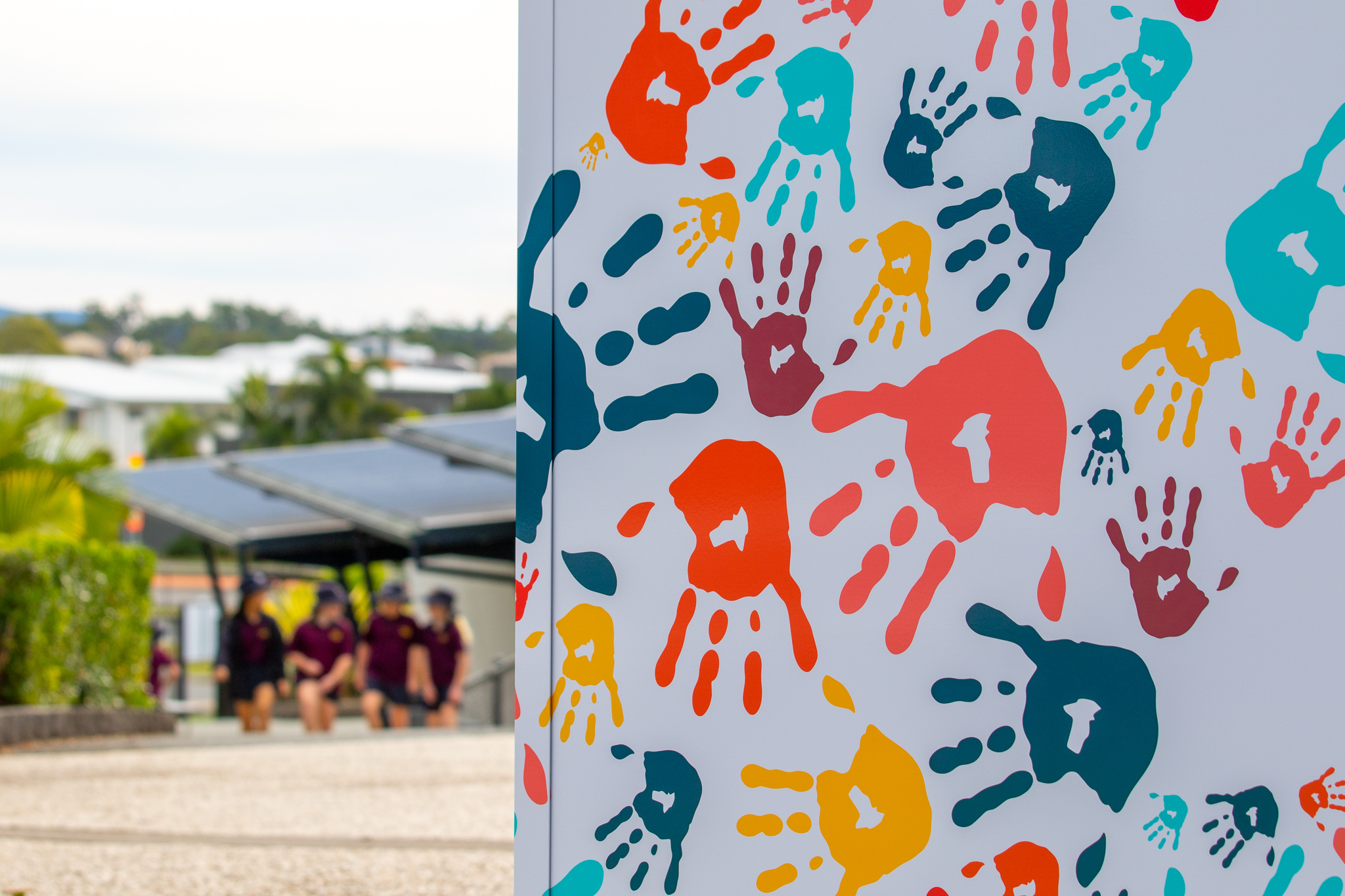This week, year 7 Aspire AMS students took part in the new Zombie Apocalypse incursion. See below some short articles from some students about the day.
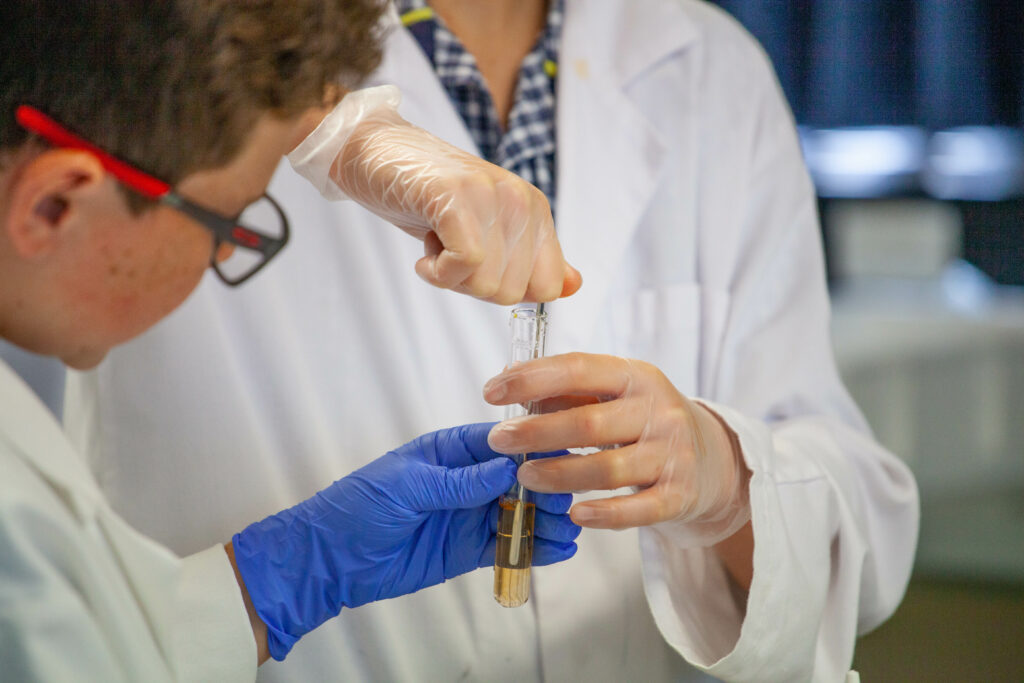
Today all of the students in Year 7 Aspire AMS were tasked with doing research on a new disease named ‘ZO2M-BETA’ in order to draw conclusions about the disease’s creation, conditions and transmission. We were all split into groups of four or five, to work together.
By far the most enjoyable activity there today was ‘The Glowing Reaction’, in this experiment we had two different solutions made, one with water, luminol and sodium hydroxide solution and he other made with water, hydrogen peroxide and potassium ferrocyanide.
These two solutions were then simultaneously placed into a funnel, and we watched as these solutions mixed and a blue light was emitted. These are called chemiluminescent reactions. In the afternoon, groups were given up to 17 clues regarding the creation and transmission of the disease. Our group using clues, concluded that the disease began in South East Queensland, Australia and transmitted mainly through physical contact and consumption of items as the virus is similar to E-Coli.
Using information, we concluded that the disease was created by the jeopardy of sterilisation in water treatment, leading bacteria from the glyphosate herbicide poison to spread throughout the water system. Then, the consumption of tap water, which holds the bacteria causes the dormant virus to spread. The consumption of Shuuugar, a weight loss alternative to sugar, acted as a catalyst to the dormant disease.
This then increases the ZOM-B condition by increasing the amount of white bloods cells making them immune to most attacks. Overall, this was a challenging and fun day.
Liam Harris
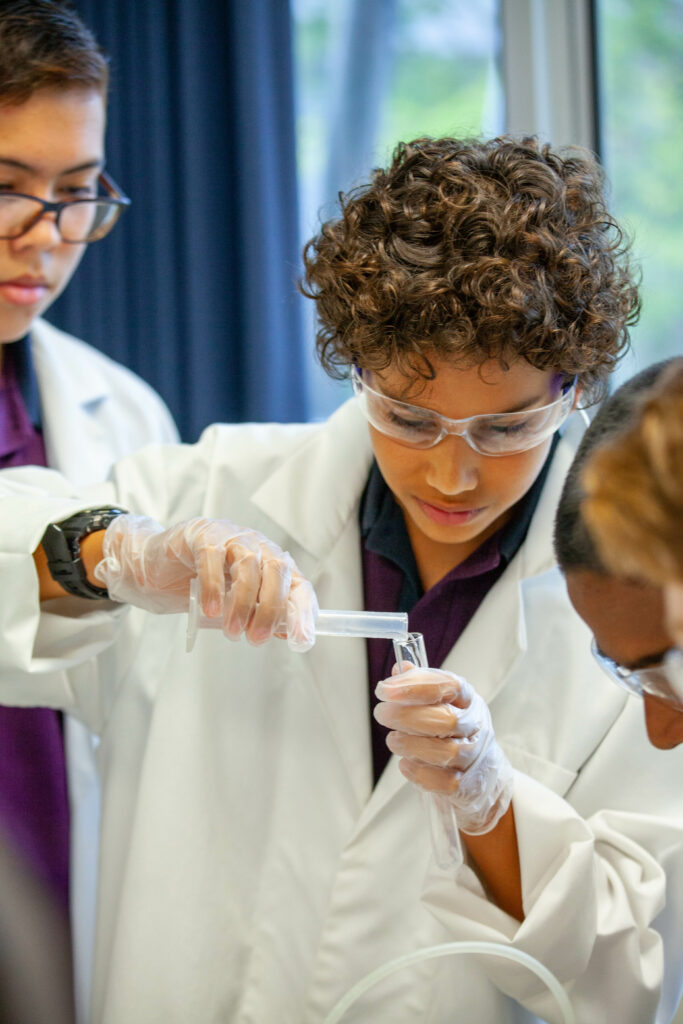
On Monday the 25th of October, the AMS class of Year 7 participated in an interactive school incursion. During this incursion we developed strong team work skills and learnt how to use test results to determine a definite conclusion. Throughout the whole day we completed practical activities as well as theoretical activities.
Personally, it was a great bonding day for the class, in addition to a great day of SCIENCE. We completed activities such as; how to determine the pH of liquid samples, how to define whether or not the liquid samples contained ‘cloudiness’ or not, which samples contained bacteria or not under the microscope and finally which two combinations of liquids made water ‘glow’ or not!
To conclude the day, we finished off by gathering clues to figure out who started this poisonous infection to the brain. After a long few minutes we finally figured out who started this chain of infection therefore defeating the human zombies and graveyard zombies.
Imogen Dowker
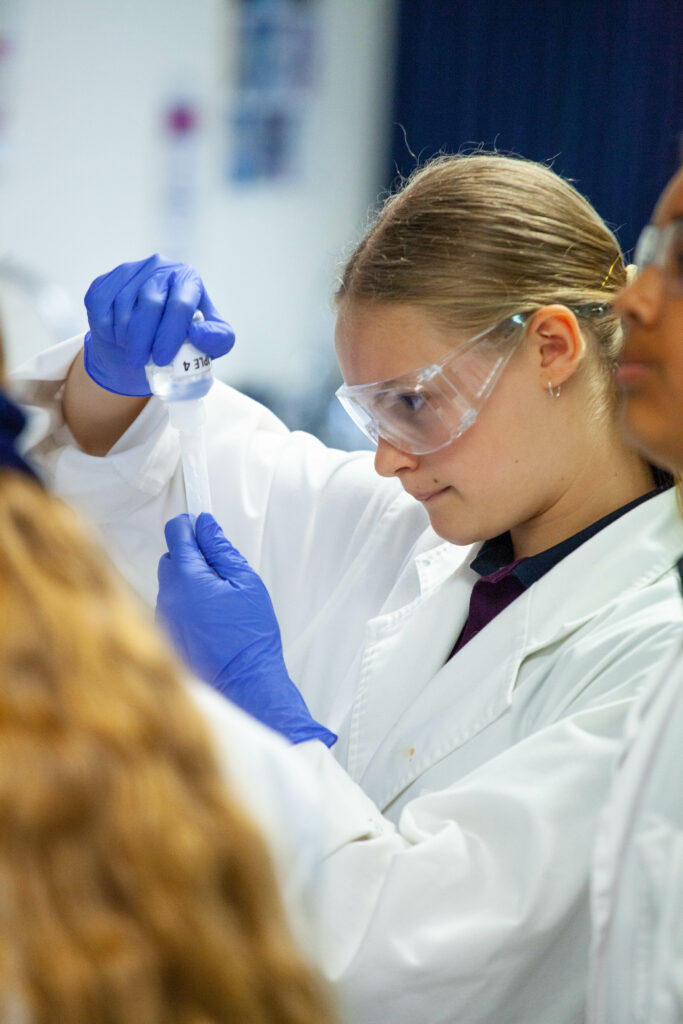
The AMS Science challenge was a fun day that made us think critically and use teamwork. Our class spent the day doing numerous experiments and had to find out how the zombie apocalypse started.
During the day we used chemicals and resources, allowing us to obtain a deeper insight into higher-end science. We performed experiments on different samples of liquid that could have ‘caused’ the zombie apocalypse.
These experiments included a, bacteria test, PH test, a starch test, an acid test and a luminol test. The bacteria test is where we observed different samples under a microscope to see if it contained bacteria, if it appeared green it was bacteria. The second test was a PH test. In this test we placed a few droplets of the samples into a spotting tile and we added iodine.
The colour the samples turned determined its PH, which was identified using a chart. We also conducted a starch test where iodine was added to a separate set of samples and the colour it turned determined whether it contained starch or not.
The acid test was where we had two test tubes, one containing limewater and the other containing the sample. Carbohydrate was added to the sample and a tube was used to connect the two test tubes. If the sample was acidic, it would bubble and have a reaction and the limewater would turned foggy.
The final test was done as a class. A chemical and a sample were poured through a funnel and down into a conical flask. If the mixture glowed in the dark, the sample contained luminol.
Manoline Ramesh
